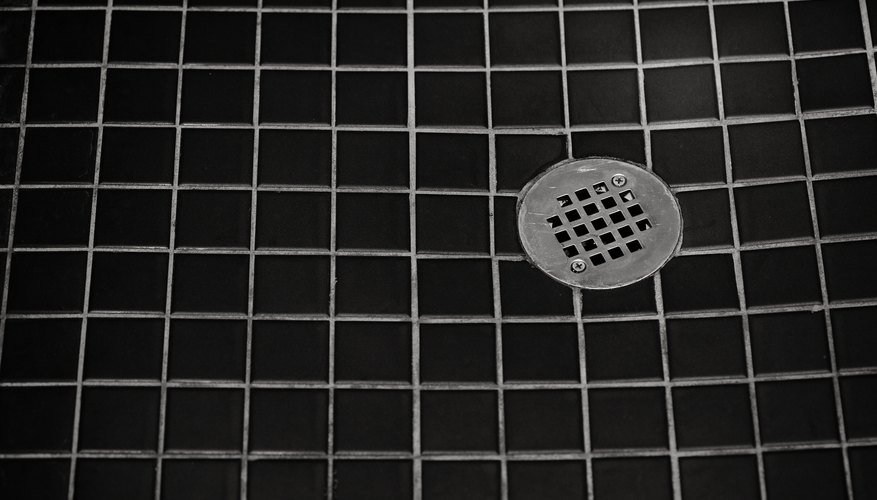Hair is an extremely strong substance that consists mostly of the protein keratin. This protein includes 18 amino acids of which sulphur-rich cysteine is the most significant. The whole complex is held together by chemical bonds of a variety of strengths. Bonds between sulphur atoms are stronger than those between hydrogen atoms. A chemical agent has to break these bonds for hair to dissolve.
Caustic soda
The chemical compound sodium hydroxide, caustic soda is an ingredient in almost every household cleaning product from detergents to soaps and shampoos. It is used in drain cleaners as well as some hair dyes and hair relaxers. In solid form it is shaped like small hemispherical crystals that are soapy to the touch and extremely corrosive. High concentration caustic soda is the most effective cleaning and sanitising agent in laboratory environments that require sterile conditions. It dissolves hair proteins, viruses, and bacteria. Protective clothing is necessary when caustic soda alone is used to clean hair from household drains.
- The chemical compound sodium hydroxide, caustic soda is an ingredient in almost every household cleaning product from detergents to soaps and shampoos.
Bleach
The main component of household bleach is sodium hypochlorite, a chemical formed by the reaction of chlorine with sodium hydroxide. This makes bleach a safer household product than pure caustic soda. An alkaline compound, it reacts with the acid in hair to produce salt and water. It is an effective way of dissolving hair in drains. However, the reaction will release small amounts of chlorine gas that could irritate eyes and lungs.
- The main component of household bleach is sodium hypochlorite, a chemical formed by the reaction of chlorine with sodium hydroxide.
- However, the reaction will release small amounts of chlorine gas that could irritate eyes and lungs.
Thioglycollic acid
Thioglycollic acid, sometimes spelled thioglycolic, is a constituent of strong drain cleaners specifically to dissolve hair. Compounds of thioglyollic acid such as potassium thioglycollate are major constituents of hair removal creams and products for permanent waving. These products work by weakening and breaking down keratin. But human skin also contains keratin so depilatory creams can cause irritation and skin damage.
- Thioglycollic acid, sometimes spelled thioglycolic, is a constituent of strong drain cleaners specifically to dissolve hair.
- Compounds of thioglyollic acid such as potassium thioglycollate are major constituents of hair removal creams and products for permanent waving.
Hydrochloric and sulphuric acids
Hydrochloric and sulphuric acids are the strongest acids available for household use in Britain. Plumbers frequently use both acids as a rapid means of dissolving hair and other grime in drains. They are present in varied concentrations in chemical drain cleaners. However, both acids cause serious skin burns and eye irritation, and will corrode most materials overt time. They are best left to building and plumbing professionals.
- Hydrochloric and sulphuric acids are the strongest acids available for household use in Britain.
- However, both acids cause serious skin burns and eye irritation, and will corrode most materials overt time.
